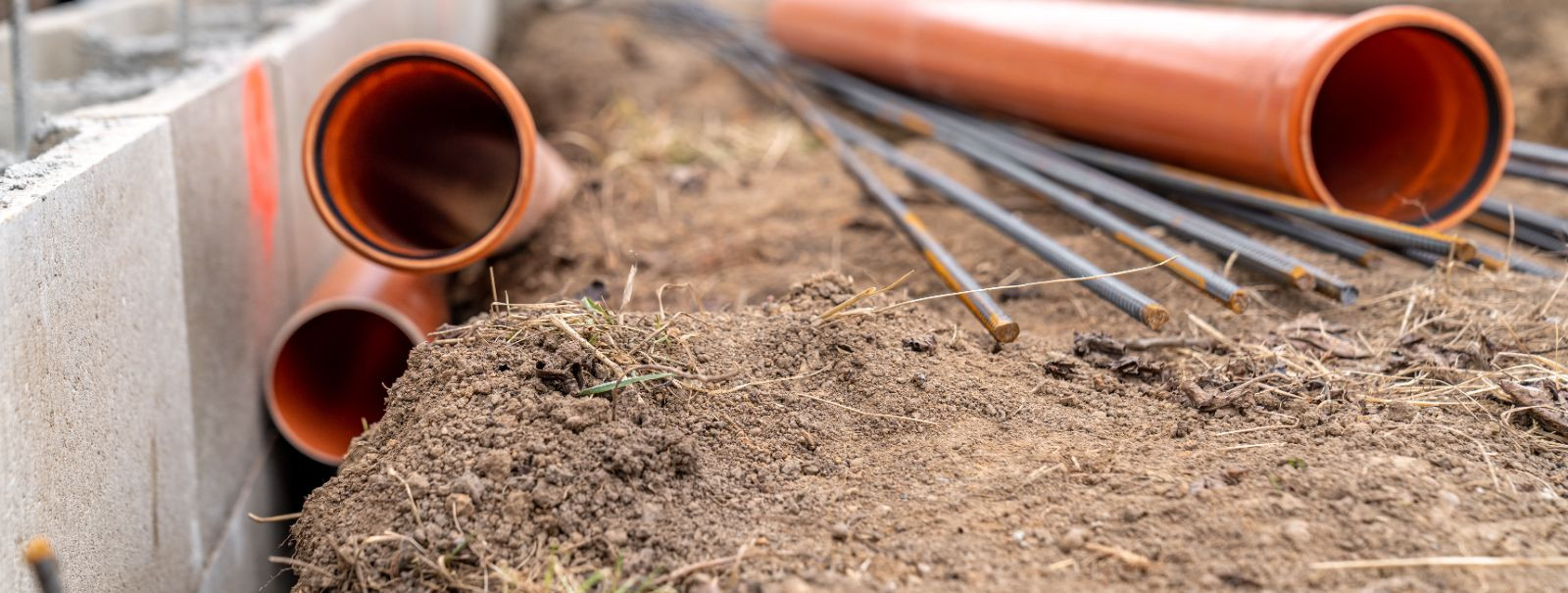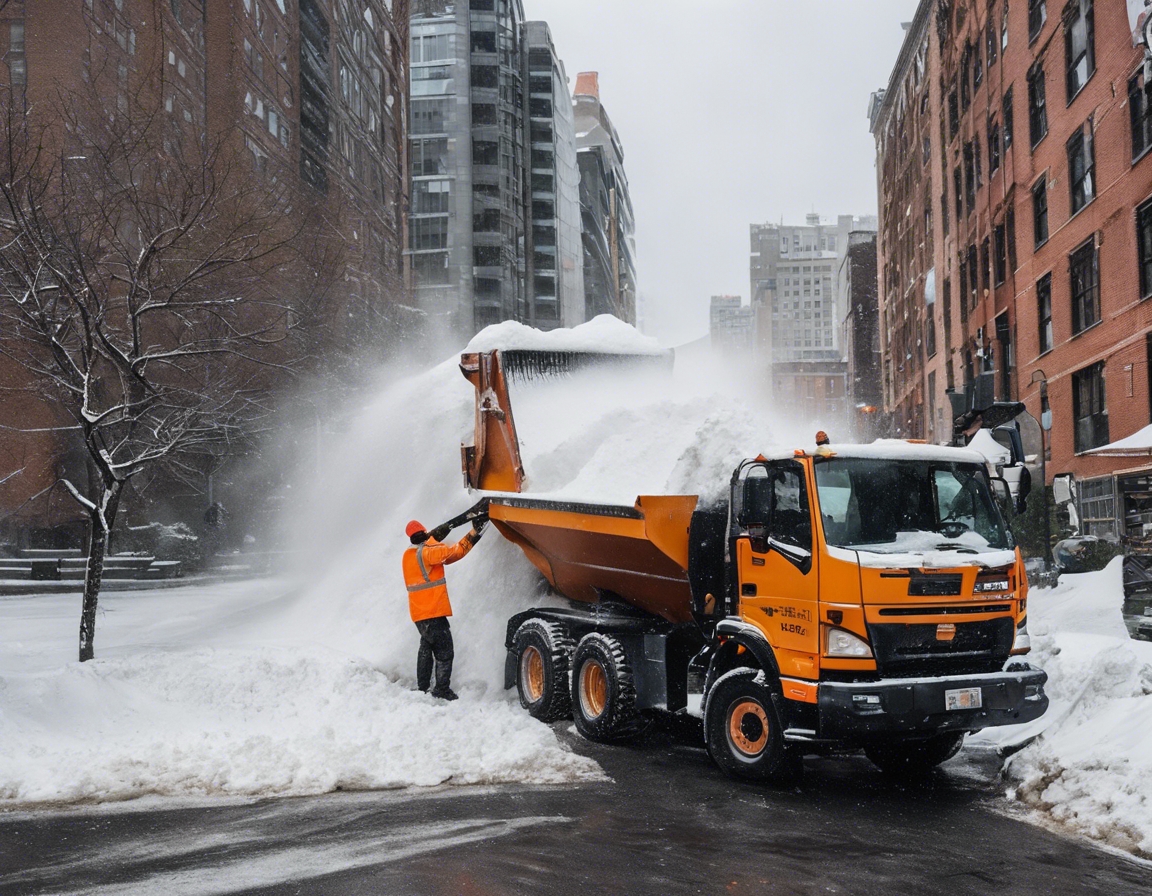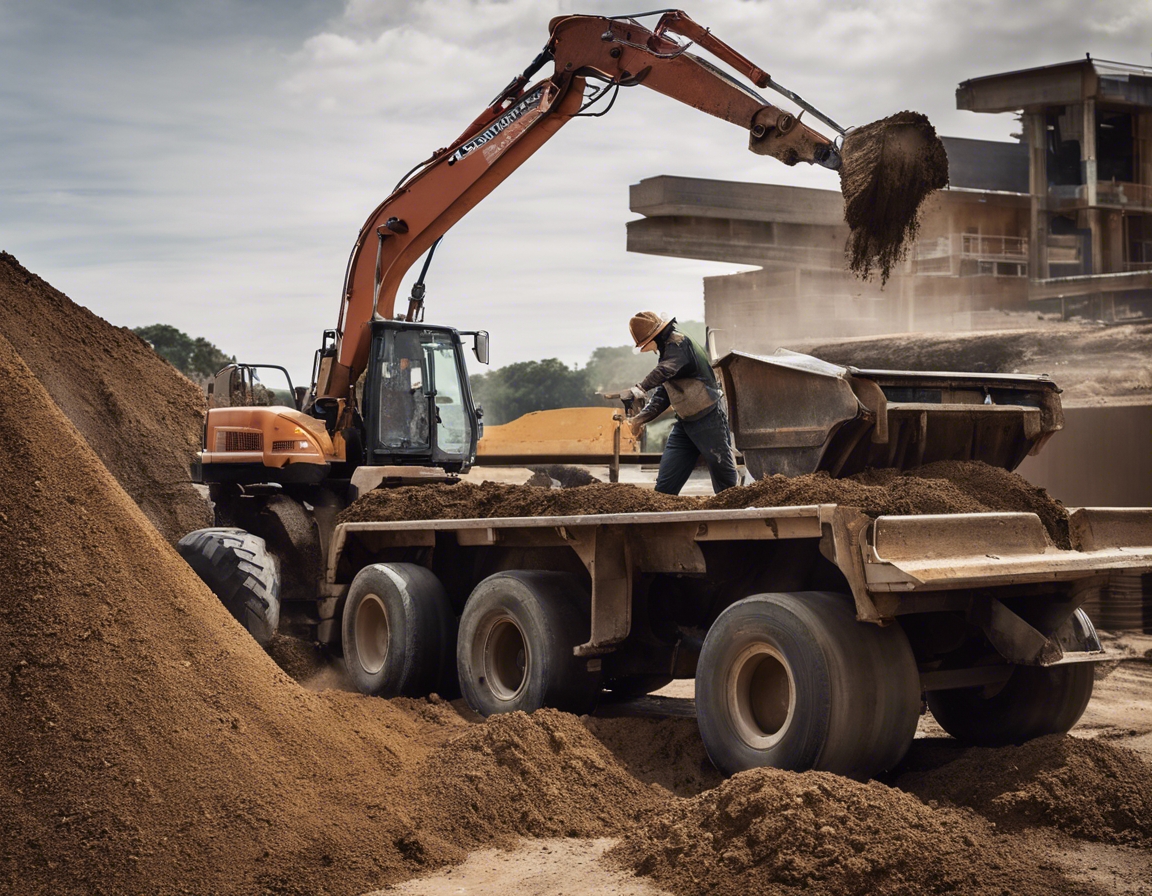5 essential tips for sustainable landscaping
Sustainable landscaping is an approach that seeks to create an aesthetically pleasing outdoor environment while minimizing the negative impact on the earth's ecosystems. It involves the use of practices that support the conservation of resources, promote ecological balance, and reduce waste and pollution.
Adopting sustainable landscaping practices can lead to numerous benefits, including reduced water usage, lower maintenance costs, enhanced biodiversity, and improved soil health. Moreover, it can contribute to a healthier local environment and increase the value of your property.
Tip 1: Soil Health and Management
Healthy soil is the foundation of any sustainable landscape. Incorporating compost and other forms of organic matter can improve soil structure, water retention, and nutrient content, leading to more robust plant growth.
Regular soil testing can identify deficiencies and guide the application of appropriate soil amendments. This ensures that plants receive the nutrients they need without the excessive use of fertilizers that can harm the environment.
Tip 2: Native Plant Selection
Native plants are adapted to the local climate and soil conditions, requiring less water, fertilizers, and pesticides. They also provide essential habitat for local wildlife, promoting biodiversity.
Selecting the right native plants for your area can be a game-changer. It's important to consider factors such as sunlight, soil type, and moisture levels when choosing plants to ensure they thrive with minimal intervention.
Tip 3: Water Conservation Strategies
Drip irrigation systems deliver water directly to the plant's roots, reducing water waste and ensuring that plants receive the water they need to grow.
Collecting and using rainwater for irrigation is an excellent way to conserve water and reduce your landscape's dependence on municipal water supplies.
Tip 4: Eco-Friendly Hardscaping Materials
When selecting materials for paths, patios, and other hardscape elements, consider using recycled, locally sourced, or permeable materials that reduce runoff and support groundwater recharge.
Innovative design can integrate hardscaping with the natural landscape, reducing the need for maintenance and creating a seamless transition between built and natural environments.
Tip 5: Sustainable Maintenance Practices
Opting for organic pest control methods can protect the environment and your health by reducing the use of harmful chemicals.
Reducing the size of traditional lawns and exploring alternatives such as clover or native groundcovers can significantly decrease water usage and maintenance while providing a unique aesthetic.






Comments (0)